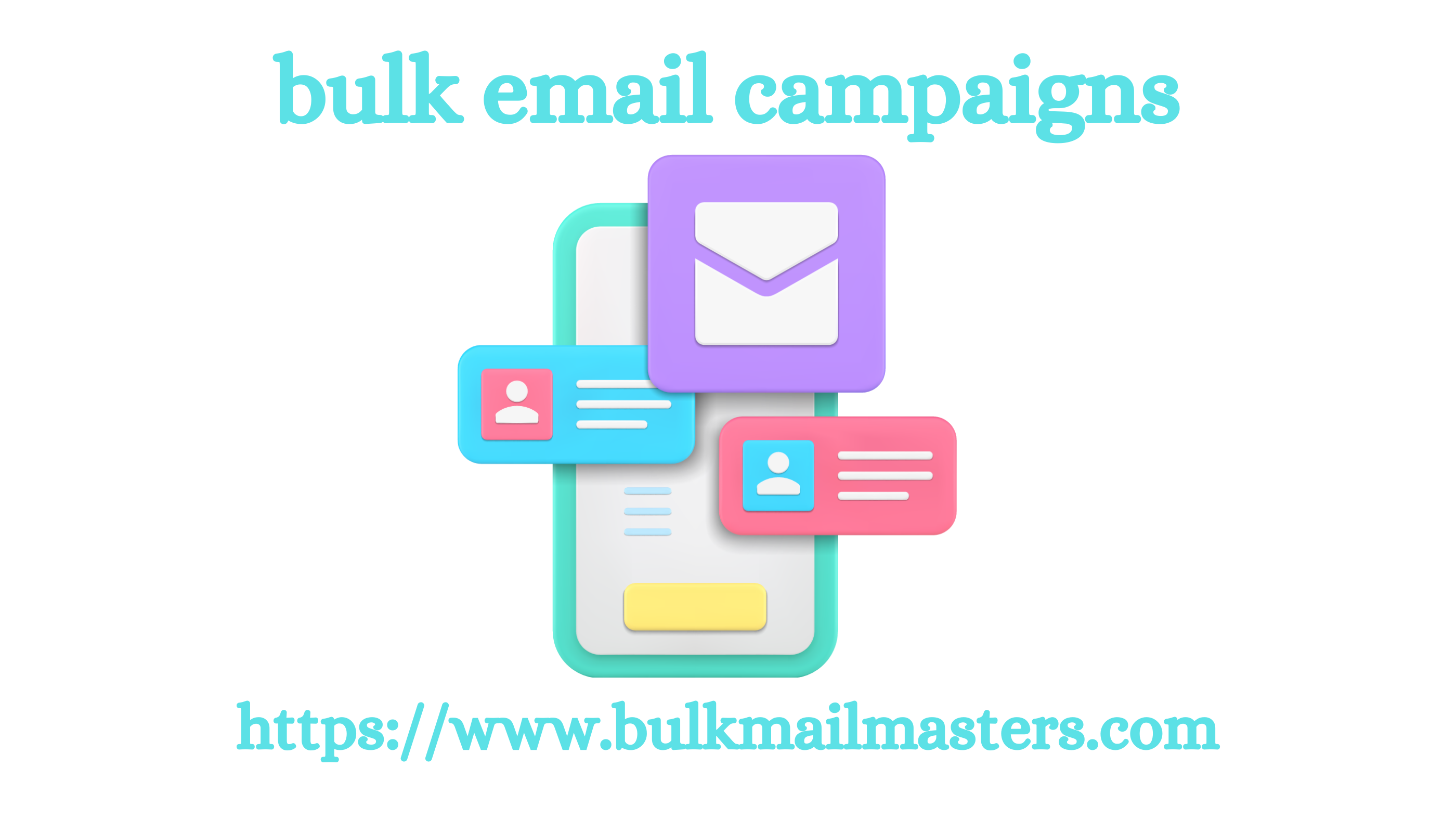Post by hasina789956 on Oct 29, 2024 4:58:10 GMT -5
Have you had contact with a prospect who then took a long time to get back to you? Prospecting is one of the essential acquisition actions to find new customers . However, hooking a prospect is not enough to convert them, sometimes you have to go through follow-up to convince and convert them. Considered redundant and not appreciated by some salespeople and prospects, commercial follow-up is nevertheless one of the key elements of commercial performance . Statistics collected in 2020 by Hubspot show that 44% of salespeople give up after a first follow-up. If you skip the follow-up, you have every chance of losing potential customers. Knowing when and how to follow up with a customer is an art! In this article, we give you the keys to detecting hot prospects and converting them into customers through follow-ups. What is a hot lead? A prospect (or lead) is a term used to refer to potential customers . However, a prospect can be classified into different types.
Indeed, the latter can be hot or cold (or lukewarm) . These notions vary greatly depending on the areas of activity and the maturity of the prospect in the conversion funnel . By definition, a hot lead is a potential bulk email campaigns customer who has recently expressed interest in an offer or an intention to purchase . If the latter comes from marketing efforts and seems qualified, we then speak of MQL (Marketing Qualified Lead). Furthermore, if it comes from a contact with the sales team or if it was taken care of after marketing validated it, we are talking about SQL (Sales Qualified Lead). This is the prerequisite step to creating opportunities in your pipeline.

A hot prospect has therefore been qualified according to one or more sales techniques , such as BANT (Budget, authority, Need, timing) for example, and therefore has all the attributes to become a customer soon. New call-to-action Conversely, a cold lead is a potential customer who has not yet shown any particular or immediate interest in the offer proposed by the company. It is important to make it "mature" until it is ready to buy through lead nurturing by offering personalized content that responds to its issues: blog articles, free guide, emailing, trial, etc. for example. Learning to differentiate between lead types will help you get the most out of your prospecting campaign strategy . When we talk about following up with a prospect, we tend to think of a hot prospect, likely to take action.
Indeed, the latter can be hot or cold (or lukewarm) . These notions vary greatly depending on the areas of activity and the maturity of the prospect in the conversion funnel . By definition, a hot lead is a potential bulk email campaigns customer who has recently expressed interest in an offer or an intention to purchase . If the latter comes from marketing efforts and seems qualified, we then speak of MQL (Marketing Qualified Lead). Furthermore, if it comes from a contact with the sales team or if it was taken care of after marketing validated it, we are talking about SQL (Sales Qualified Lead). This is the prerequisite step to creating opportunities in your pipeline.

A hot prospect has therefore been qualified according to one or more sales techniques , such as BANT (Budget, authority, Need, timing) for example, and therefore has all the attributes to become a customer soon. New call-to-action Conversely, a cold lead is a potential customer who has not yet shown any particular or immediate interest in the offer proposed by the company. It is important to make it "mature" until it is ready to buy through lead nurturing by offering personalized content that responds to its issues: blog articles, free guide, emailing, trial, etc. for example. Learning to differentiate between lead types will help you get the most out of your prospecting campaign strategy . When we talk about following up with a prospect, we tend to think of a hot prospect, likely to take action.
